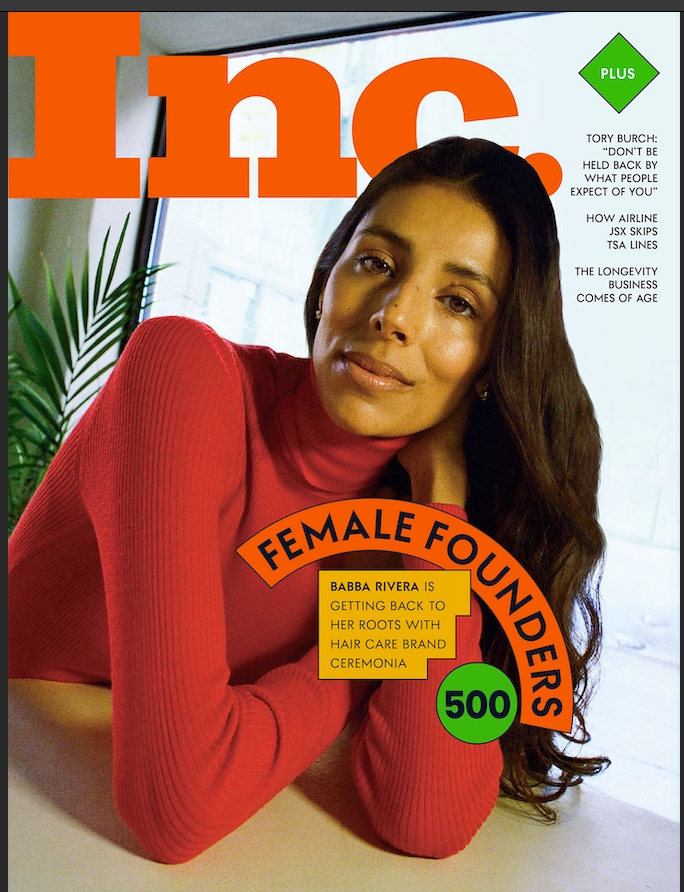
In August 2008, Kim Kardashian cut her foot on a shard of glass and a then-newish celebrity gossip website, TMZ.com, sent out alerts to millions of people. As it happened, I was sitting with several executives, who collectively eye-rolled and argued that the famous-for-being-famous set have a short shelf life.
Say what you will about Kim Kardashian--at least she's a human. The next generation of the famous-for-being-famous are being engineered from scratch. They're synthetic stars--algorithmically generated characters who have millions of Instagram followers, show up in glossy magazines, and have songs on Spotify. Like Lil Miquela, who's sort of the synthetic Beyoncé, thanks to her 1.6 million Instagram followers. She models for the likes of Prada and Calvin Klein, her first single came out last year, and she has sponsorship deals with companies like Samsung. Among her pals: Bermuda, a rule-breaking bad girl who models and touts brands, and Blawko, an L.A.-based Gen-Zer who likes fast cars and Absolut vodka, and who is never seen without his trademark scarf covering his nose and mouth.
Synthetic stars aren't entirely new. Virtual Japanese pop star Hatsune Miku debuted in 2007--though actual people wrote her songs--and still does stadium tours around the world. (In English, her name translates roughly to "first sound of the future.") But they're becoming a big business. Brud, the company behind Lil Miquela, is valued at $125 million. Companies like Superplastic, Toonstar, and Shadows are developing virtual characters, and this year the incubator and investor Betaworks launched Synthetic Camp, an accelerator program designed to nurture and invest in such companies.
Synthetic stars are an antidote to egotistical and misbehaving celebs. They're ideal employees: They don't show up late. They don't follow trendy diets requiring costly, hard-to-find foods. They never get tired. They don't get crazy on alcohol or drugs. They're never off-message, and their mug shots don't go viral on the internet. (Though, this summer, Bermuda posted her own mug shot on Instagram, to "get ahead" of the press.)
There are many other implications: Rather than having Emily Blunt spend hours voicing a character in an animated film, one could license her voice, and then program a system to mimic it. Synthetically voiced ads could be modified with regional accents. A public service announcement about malaria was produced this year by AI video synthesis company Synthesia and ad agency R/GA; in it, David Beckham discusses how to fight malaria in nine languages, thanks to synthetic voice technology. And imagine different synthetic characters appearing in hundreds of ads, each targeting narrow demographic bases: trendsetting moms in Southern California, stay-at-home dads in Chicago, aspirational Gen-Zers from Atlanta who are entering college.
